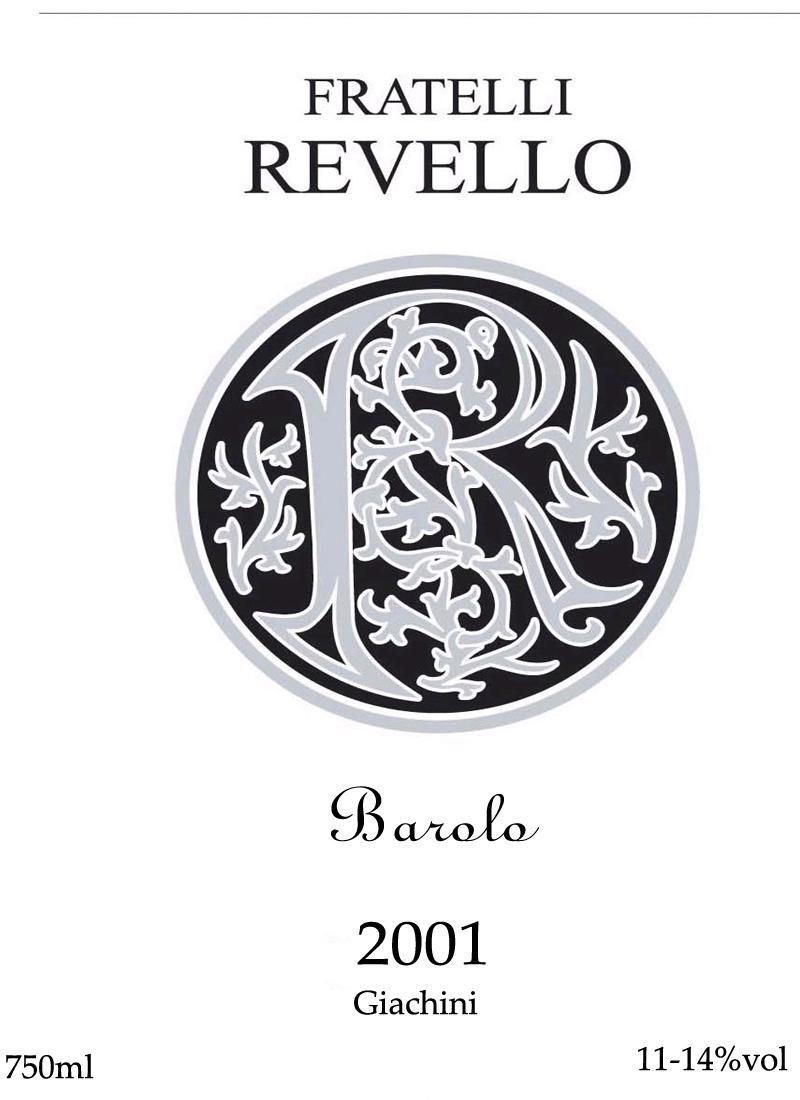2001 Barolo Nebbiolo
Fratelli Revello Barolo Giachini, crafted from the esteemed Nebbiolo grape in the renowned Barolo region, is a captivating red wine that showcases the complexity and elegance of its vintage. With a full-bodied character, this wine presents a remarkable balance of high acidity that invigorates the palate and adds vibrancy to each sip. The fruit intensity is prominent, offering lush notes of ripe red fruits, such as cherries and raspberries, complemented by subtle undertones of rose petals and earthy elements. Its tannins are firm yet refined, creating a structured mouthfeel that promises longevity. This wine leans towards a dry profile, making it a perfect companion for rich dishes or aged cheeses, and highlights the true essence of Barolo with every delightful sip.
Fratelli Revello Barolo Giachini, crafted from the esteemed Nebbiolo grape in the renowned Barolo region, is a captivating red wine that showcases the complexity and elegance of its vintage. With a full-bodied character, this wine presents a remarkable balance of high acidity that invigorates the palate and adds vibrancy to each sip. The fruit intensity is prominent, offering lush notes of ripe red fruits, such as cherries and raspberries, complemented by subtle undertones of rose petals and earthy elements. Its tannins are firm yet refined, creating a structured mouthfeel that promises longevity. This wine leans towards a dry profile, making it a perfect companion for rich dishes or aged cheeses, and highlights the true essence of Barolo with every delightful sip.




